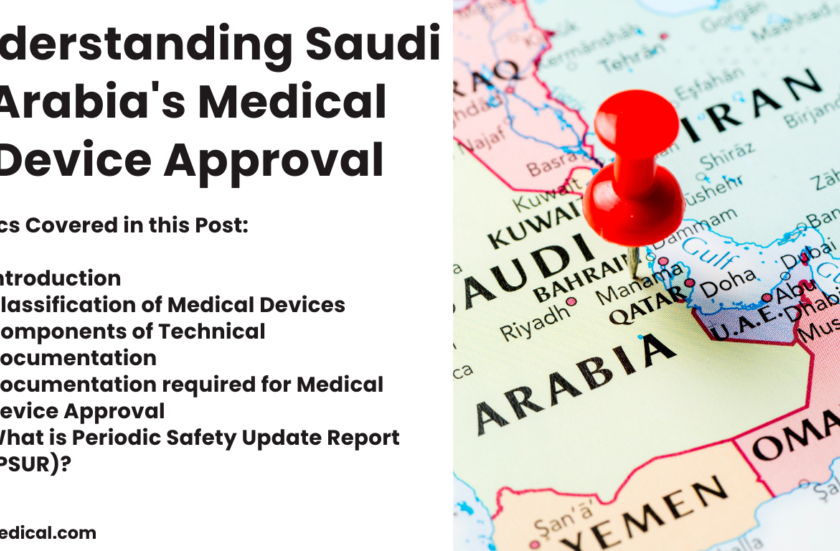SFDA
Introduction The Saudi Arabian Medical device registration and approval is governed by the Saudi Food and Drug Authority, also known as the SFDA. The procedure for the introduction of a medical device in the Saudi Arabian market is called Medical Device Marketing Authorization (MDMA). SFDA has published a guidance document, MDS-REQ-001, on Requirements for Medical Device Marketing Authorization. This guidance provides detailed information on the authorization process. Saudi Arabian Medical Devic...
Beauty Beyond Borders: A Comprehensive Guide to Cosmetic Regulations in Saudi Arabia
In recent years, the beauty and cosmetics industry has witnessed exponential growth worldwide, breaking down geographical barriers and creating a global marketplace. One country that has embraced this transformative trend is Saudi Arabia, where the beauty industry has flourished, reflecting the changing cultural landscape. However, with growth comes the need for regulations to ensure consumer safety and product quality. Legal Framework for Saudi Arabia Cosmetic Regulations Saudi Arabia has estab...
Search
Recent Posts
Tags
510(K) submissionAbbreviated 510(K)Annex XIVCanadaCFRClinical DataClinical evaluationClinical InvestigationCosmetic RegulationcybersecurityEUEUDAMEDEU IVDREU MDREUMDRFDAFSCAGMPHealth CanadaISOISO 14971IVDRLabellingManufacturerMarket surveillanceMDCGMDDMDRMeddev 2.7/1Medical deviceMedical Device RegistrationMedical devicesMedical Devices Regulatory Consultancymedical writingNotified bodiesPost-market surveillancePost Market Clinical Follow up (PMCF)Post Market Surveillance (PMS)QMSRegulationsrisk assessmentSaMDsingle integral productTechnical DocumentationUKRP
Quick Contact
If you have any questions or need help, feel free to contact with our team.
©2024 OMC Medical, All Rights Reserved. With Love by 7oroof.com

Our team will be happy to respond your queries. Contact us directly with your questions or for scheduling FREE consultation and we’ll be in touch as soon as possible.
Quick Contact
If you have any questions or need help, feel free to contact with our team.

Our team will be happy to respond your queries. Contact us directly with your questions or for scheduling FREE consultation and we’ll be in touch as soon as possible.
Quick contact
- [email protected]
-
0044 7719761764
0044 2080667260 - Planet House, North Heath Lane, Horsham, West Sussex RH12 5QE

Our team will be happy to respond your queries. Contact us directly with your questions or for scheduling FREE consultation and we’ll be in touch as soon as possible.
Our Branches
- Switzerland
- Europe (Northern Ireland)
- Asia
- Canada
- Brazil
- Middle East
- China
- Turkey (Partner Office)

To launch a medical device in a country, medical devices must comply with the local country’s regulatory requirements. Let us be your trusted partner in bringing your medical devices to the Global market. Contact us today to learn more about how we can assist you in every step of the way.
Our Branches
- Europe
- Asia
- Africa
- Oceania
- South America
- North America
- Planet House, North Heath Lane, Horsham, West Sussex RH12 5QE
- Planet House, North Heath Lane, Horsham, West Sussex RH12 5QE








